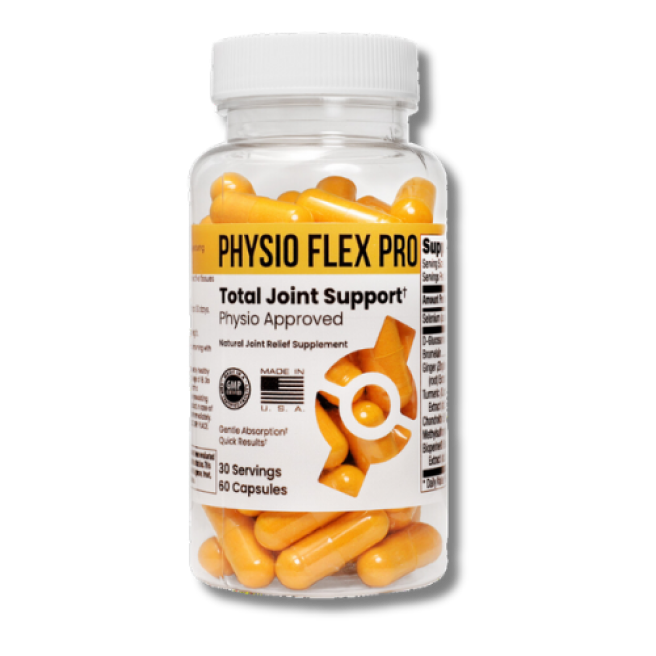If you've ever wondered why joint pain seems to get worse over time—even when you're trying to take it easy—the answer lies in a microscopic battlefield happening inside your joints. At the center of this battle is cartilage, a remarkable tissue that most people take for granted until it starts breaking down.
Understanding what happens when cartilage fails isn't just academic curiosity. It's the key to understanding why joint pain becomes a progressive problem and, more importantly, how to interrupt the destructive cycle before it's too late.
What Cartilage Actually Does (It's More Complex Than You Think)
Most people think of cartilage as simple "cushioning" between bones—like a shock absorber in your car. While that's partially true, cartilage is actually a sophisticated, living tissue that performs multiple critical functions:
The Smooth Operator: Healthy cartilage provides an incredibly smooth surface—smoother than ice—that allows bones to glide past each other with virtually no friction. This frictionless movement is what makes normal joint motion effortless.
The Shock Absorber: Cartilage can compress and decompress like a high-tech sponge, absorbing impact forces that would otherwise damage the underlying bone. It can handle pressures up to 20 times your body weight during activities like jumping or running.
The Nutrient Highway: Unlike most tissues, cartilage doesn't have its own blood supply. Instead, it relies on joint movement to pump nutrients in and waste products out—like squeezing and releasing a sponge.
The Load Distributor: Cartilage spreads forces evenly across the joint surface, preventing concentrated pressure points that could damage bone.
When this remarkable tissue starts to break down, it sets off a chain reaction that affects every aspect of joint function.
The Domino Effect: How Cartilage Breakdown Triggers Joint Destruction
Stage 1: The Initial Damage
Cartilage breakdown rarely happens overnight. It usually starts with microscopic damage from:
- Repetitive stress and overuse
- Previous injuries that didn't heal properly
- Age-related changes in cartilage composition
- Inflammatory conditions
- Poor nutrition that starves cartilage of essential building blocks
At first, your body tries to repair this damage. But cartilage heals incredibly slowly because it lacks a direct blood supply. What might take a muscle a few days to repair can take cartilage months or even years.
Stage 2: The Surface Roughens
As damage accumulates, the once-smooth cartilage surface becomes rough and uneven. Imagine trying to slide two pieces of sandpaper against each other instead of two pieces of glass. This roughening creates friction where there should be none, leading to:
- Increased wear with every movement
- Heat generation from friction
- Microscopic debris that irritates surrounding tissues
- The first signs of stiffness and discomfort
Stage 3: The Inflammation Cascade Begins
Here's where things get really problematic. The rough cartilage surfaces and microscopic debris trigger your immune system to launch an inflammatory response. While inflammation is normally helpful for healing, in joints it becomes a destructive force.
Inflammatory cells flood the joint space, releasing enzymes and chemicals designed to break down damaged tissue. The problem? These same enzymes also attack healthy cartilage, accelerating the breakdown process.
This creates a vicious cycle: more cartilage damage leads to more inflammation, which leads to more cartilage damage.
Stage 4: The Bone Gets Involved
As cartilage continues to thin, the underlying bone starts to experience abnormal pressure and stress. The bone responds by:
- Becoming denser and harder (sclerosis)
- Developing painful bone spurs (osteophytes)
- Creating cysts and other structural changes
- Sending pain signals to your brain
At this point, you're not just dealing with cartilage problems—you're dealing with bone changes that can be irreversible.
Stage 5: The Joint Environment Deteriorates
The synovial fluid—the "oil" that lubricates your joints—also changes as cartilage breaks down. It becomes thinner and less effective at lubrication, while inflammatory chemicals make it more acidic and hostile to remaining healthy tissue.
Why the Pain Gets Progressively Worse
Understanding this cascade explains why joint pain tends to worsen over time, even with rest:
Morning Stiffness: After hours of inactivity, inflammatory fluid accumulates in the joint space. It takes movement to pump this fluid out and restore normal lubrication.
Weather Sensitivity: Changes in barometric pressure can cause inflamed tissues to swell, increasing pressure within the joint capsule.
Activity Paradox: While movement is necessary for joint health, damaged cartilage makes every movement potentially harmful, creating a catch-22 situation.
Sleep Disruption: Pain interferes with deep sleep, which is when your body does most of its repair work, further slowing the healing process.
Breaking the Cycle: A Multi-Target Approach
The complexity of cartilage breakdown explains why single-ingredient approaches often fall short. Effective joint support requires addressing multiple aspects of this destructive cycle simultaneously:
Rebuilding Building Blocks: Compounds like glucosamine and chondroitin provide raw materials for cartilage repair and maintenance.
Controlling Inflammation: Natural anti-inflammatory compounds like turmeric and ginger can help break the inflammatory cycle without the side effects of pharmaceutical drugs.
Enhancing Absorption: Ingredients like Bioperine can significantly improve the bioavailability of other compounds, ensuring they reach joint tissues in therapeutic concentrations.
Supporting Overall Joint Health: Compounds like MSM provide sulfur for collagen formation, while selenium acts as an antioxidant to protect against further damage.
Improving Digestion: Bromelain not only has anti-inflammatory properties but also aids in the digestion and absorption of other nutrients.
The Time Factor: Why Early Intervention Matters
Perhaps the most important takeaway from understanding cartilage breakdown is that early intervention is crucial. Once cartilage is severely damaged or completely worn away, the options become much more limited and invasive.
The good news? Even damaged cartilage retains some capacity for repair, especially when provided with the right nutritional support and protected from further inflammatory damage.
Your Joints Deserve a Comprehensive Defense
Your joints are complex systems that require comprehensive support. Just as you wouldn't try to fix a car engine with a single tool, addressing joint health requires a multi-faceted approach that targets the various mechanisms of cartilage breakdown and joint deterioration.
The key is consistency and patience. While pharmaceutical pain relievers might provide immediate relief, true joint health requires addressing the underlying processes that drive cartilage breakdown. With the right approach, it's possible to slow, stop, or even reverse some aspects of joint deterioration—but only if you understand what you're fighting against.
Remember: your joints have carried you through life so far. Isn't it time to give them the comprehensive support they deserve?






